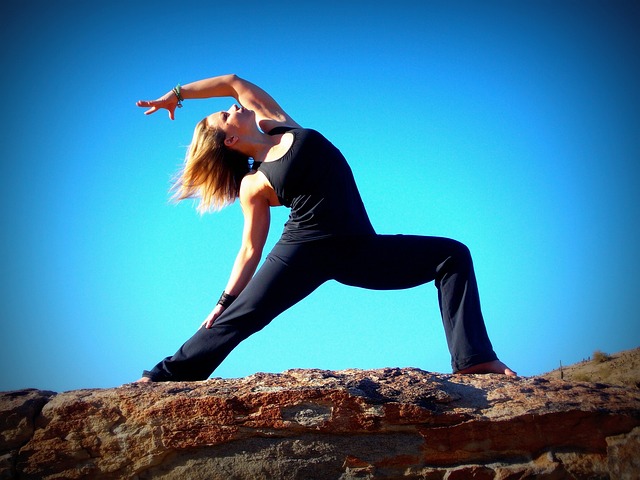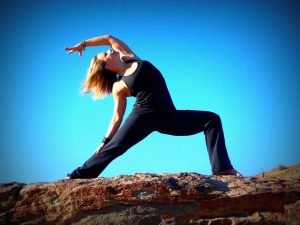
Understanding the Importance of Relaxation
Relaxation is not just a fleeting moment of peace; it is a vital component of holistic health. Engaging in regular relaxation practices can reduce the impact of stress, lower blood pressure, improve digestion, reduce muscle tension, and elevate mood. It is the cornerstone for a balanced life, fostering clear thinking and emotional stability.
Deep Breathing Techniques
Deep breathing is a simple yet powerful way to calm the mind and relax the body. By focusing on your breath, you can activate your body’s natural relaxation response.
Diaphragmatic Breathing
-
- How to Practice: Lie on your back or sit comfortably. Place one hand on your chest and the other on your abdomen. Inhale deeply through your nose, allowing your diaphragm (not your chest) to rise. Exhale slowly through your mouth, engaging your abdominal muscles to empty your lungs completely.
-
- Benefits: Diaphragmatic breathing increases oxygen exchange, slows down the heartbeat, and promotes physical and mental relaxation.
4-7-8 Breathing
-
- How to Practice: Inhale quietly through the nose for a count of four, hold the breath for a count of seven, then exhale forcefully through the mouth for a count of eight.
-
- Benefits: This technique, rooted in pranayama (yogic breathing practices), helps to alleviate anxiety, improve sleep, and manage cravings.
Meditation and Mindfulness
Meditation fosters profound inner peace and increased self-awareness. Mindfulness, a form of meditation, involves paying attention to the present moment without judgment.
Guided Meditation
-
- How to Practice: Find a quiet space and listen to a recorded meditation or follow a live session. These typically include instructions to focus on your breath, relax your body, and visualize peaceful imagery.
-
- Benefits: Guided meditation can decrease stress, improve concentration, and boost overall well-being.
Mindfulness Meditation
-
- How to Practice: Sit quietly and focus on your natural breathing or a word or phrase you repeat silently. Allow thoughts to come and go without engaging with them.
-
- Benefits: Regular practice enhances emotional flexibility, increases mental clarity, and reduces symptoms of anxiety and depression.
Yoga and Tai Chi
These ancient practices combine physical postures, breathing exercises, and meditation to improve overall health and relaxation.
Yoga
-
- How to Practice: Join a class or follow a video for beginners. Focus on gentle movements and stretches that foster alignment and balance.
-
- Benefits: Yoga enhances flexibility, boosts strength, and provides mental calmness.
Tai Chi
-
- How to Practice: Practice “moving meditation” through a series of slow, focused movements accompanied by deep breathing.
-
- Benefits: Tai Chi reduces stress, improves balance and flexibility, and maintains joint health.
Progressive Muscle Relaxation (PMR)
PMR involves tensing and then releasing various muscle groups, promoting physical and mental calmness.
How to Practice:
-
- Start by finding a comfortable position.
-
- Tighten the muscles in your feet for a count of five, then relax for 30 seconds. Repeat with various muscle groups, working your way up to your head.
-
- Focus on the contrast between tension and relaxation.
Benefits:
-
- Relieves muscle tension and systematic stress.
-
- Can help with reducing the symptoms of certain conditions, such as headaches and insomnia.
Creating a Relaxation Routine
Integrating relaxation exercises into your daily life doesn’t have to be overwhelming. Dedicate a particular time each day for these practices, and be patient with yourself as you make them a habit.
The Role of the Environment
Create a tranquil space for your relaxation practices. A dedicated spot, comfortable seating, soft lighting, and perhaps soothing music or natural sounds can enhance your experience.
Commitment to Practice
Consistency is key. Even small windows of relaxation can have cumulative benefits for your overall health. Aim for at least 10-20 minutes a day to get started.
Conclusion
Embracing tranquility through relaxation exercises is a transformative journey that aligns your body, mind, and spirit. As a holistic wellness guru, I encourage you to explore these techniques and discover what works best for you. By cultivating calmness and serenity, you can lead a more balanced, healthy, and fulfilling life.








agylpf
etrc5e
a8if1j
7m8obx
b15yiy
re7gr7